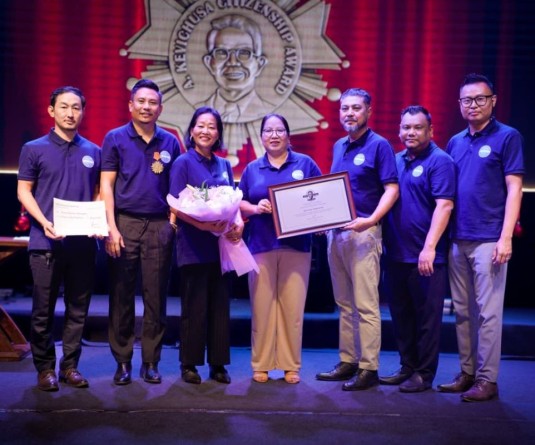
Morung Express News
Dimapur | Kohima October 30
The Gauhati High Court Kohima Bench (GHCKB) has dismissed a public interest litigation (PIL) challenging the Nagaland Government’s decision to construct a two-lane road along the Mukalimi-Aghunato section as per alignment Option-II.
The petition, filed by Saptiqa Gaonburas' Association and the 17 Villages Public Forum, argued that an alternative route, Option-I, would benefit a larger population and more villages.
The case pertains to the Showuba-Pangsha East-West Corridor Road, for which the National Highways and Infrastructure Development Corporation Limited (NHIDCL) was tasked with preparing a detailed project report.
The proposed Section-3 of the corridor has two alignment options: Option-I, covering 17 villages and approximately 19,000 people, and Option-II, which connects three villages, including Chishilimi, with a population of about 1,000.
As per the judgement and order passed by the Division Bench of GHCKB comprising of Chief Justice Vijay Bishnoi and Justice Manish Choudhury, the Option-II was recommended by a joint technical survey team from NHIDCL, the Nagaland Public Works Department (NPWD), and other state agencies, following a meeting held on February 15, 2023.
Subsequently, on February 25, 2024, the Works & Housing Department officially approved Option-II, citing technical feasibility and cost efficiency.
In the PIL, the petitioners contended that the decision contradicted the Ministry of Road Transport and Highways (MoRTH) guidelines, which aim to prioritise the development of underdeveloped areas. They also argued that Option-I, with its greater village coverage and lesser landslide-prone areas, was a more suitable choice for the region.
During the hearing, respondents, including the NHIDCL and Nagaland Government, defended their decision, stating that Option-II is the shortest and most technically feasible alignment. They further informed the court that most villages under Option-I are already connected through other state-led infrastructure projects, and thus the alignment decision was based on practical considerations.
Accordingly, the Division Bench, citing precedents from the Supreme Court, observed that the choice of road alignment is a technical matter within the executive domain and requires expertise beyond judicial purview.
It held that petitioners failed to establish that any specific MoRTH guidelines were violated and consequently ruled that the petition lacked merit, further noting that the grievances had been reviewed by multiple state and district agencies.





